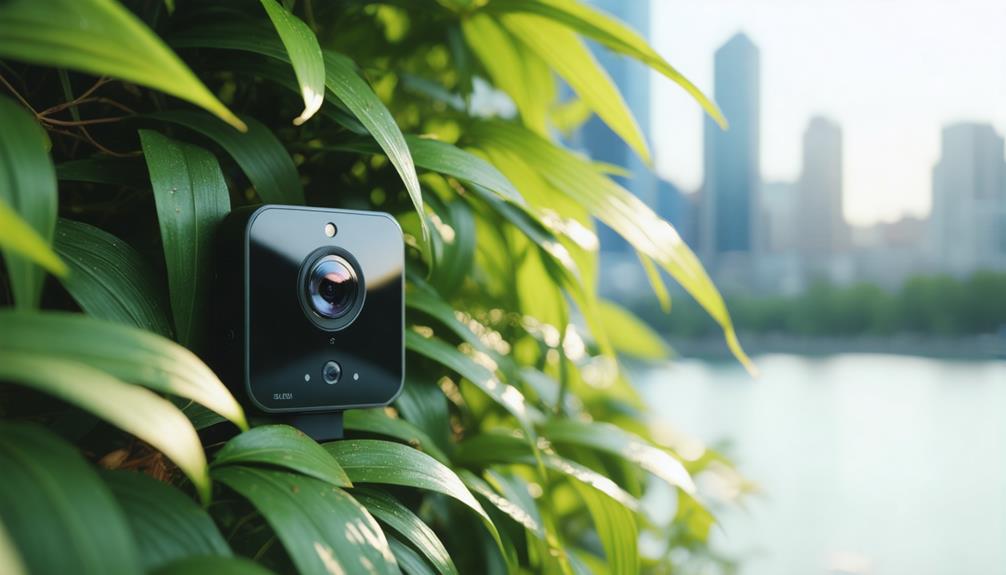
Brainstorm Security Shop

For Orders Over $199

On Any Of Our Products

Details On Refund Page
As you explore the latest advancements in sporting technology, consider how motion detection cameras are revolutionizing indoor sports. These devices not only capture every minute detail of the game with exceptional clarity but also offer insights that could be pivotal in enhancing your team’s performance. With capabilities ranging from high-speed imaging to intricate data analysis, the integration of such technology in your coaching methods might just be the edge you need. Imagine adjusting strategies based on precise movement data—where do you think this could take your team’s efficiency? Let’s examine how these cameras are setting new standards in sports analytics.
At the core of motion detection cameras, the technology relies on sensing any physical movement within a defined area. These systems harness advanced sensor technology combined with sophisticated motion algorithms to ensure that every flicker of movement is captured and analyzed accurately.
You’ll find that these sensors are incredibly sensitive, capable of picking up even the slightest motion, which is crucial in fast-paced environments.
The motion algorithms play a pivotal role in distinguishing between relevant movements—like a player dashing across the field—and irrelevant ones, such as a curtain fluttering in a breeze. This differentiation is key to reducing false alarms and ensuring that the camera’s focus remains on the action that matters.
These algorithms evaluate changes in pixel patterns within the camera’s field of view, triggering recording only when necessary.
As you delve deeper into this technology, you’ll appreciate how it seamlessly integrates into the operational framework of indoor sports environments. It not only enhances the ability to monitor and review gameplay but also improves the overall management and security of the sporting facility.
This smart interplay between sensor tech and motion detection algorithms ensures that every significant moment is captured without overwhelming the system with unnecessary data.
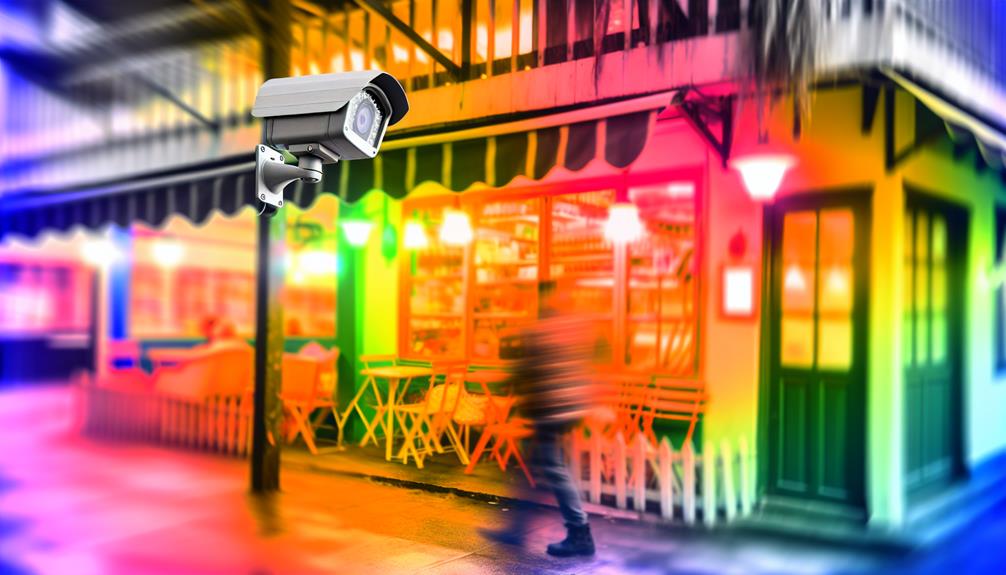
As you explore motion detection cameras for indoor sports, it’s crucial to consider high frame rate capture and low light performance.
Cameras with high frame rates ensure you don’t miss any fast-paced action, capturing every detail with clarity.
Meanwhile, excellent low light performance is essential as indoor lighting conditions can vary significantly.
High frame rate capture is crucial for accurately recording every quick, intricate movement in indoor sports. You’ll notice the difference immediately when using a camera that can handle high speed recording.
Whether it’s the swift swing of a badminton racquet or the explosive start of a sprinter, each motion is captured with stunning clarity, leaving no detail unnoticed.
Frame synchronization further enhances your experience by aligning the action across multiple cameras. This ensures that every angle is perfectly timed, providing a cohesive view of the event.
Here’s why you’ll appreciate high frame rate capture:
With these advantages, you’re not just watching a game; you’re immersing yourself in a highly detailed sports analysis tool, perfect for enhancing player performance and enjoyment.
Indoor sports cameras’ ability to perform in low light conditions is a critical feature that sets them apart. When you’re capturing fast-paced action in dimly lit gyms or arenas, you need a camera that can handle the challenge without compromising the quality of your footage.
These cameras often come equipped with advanced night vision capabilities, ensuring that you don’t miss any of the excitement, no matter how poor the lighting may be.
Moreover, image stabilization plays a pivotal role in these environments. It’s not just about seeing the action; it’s about capturing it smoothly.
Low light often leads to slower shutter speeds, which can cause blurring, especially when the camera or subject moves quickly. A good indoor sports camera counters this with robust image stabilization technology.
This means you’ll get clear, sharp images even if you’re shooting handheld or if the players are moving rapidly.
Motion detection cameras significantly enhance coaching strategies and team performance in indoor sports. As a coach or team manager, you’ll find these tools invaluable for several reasons:
This targeted feedback helps in crafting personalized training sessions.
Using motion detection cameras, you’re not just observing; you’re engaging in a proactive approach to coaching and team management.
Installing motion detection cameras in your indoor sports facility can seem daunting at first, but it’s a straightforward process once you understand the basics.
First, consider camera placement; you’ll want to cover all angles of the playing area while avoiding blind spots. Ideal spots are usually elevated positions along the sidelines or corners of the gym or arena.
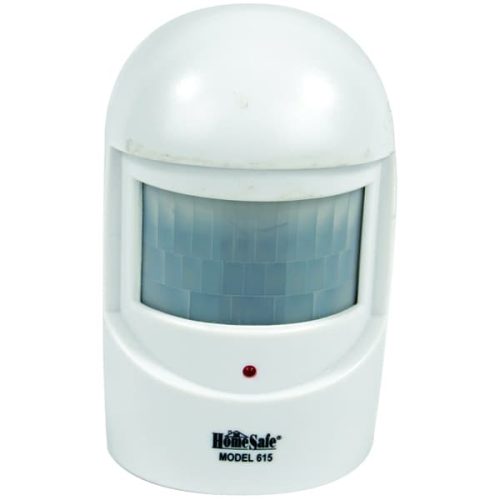
Next, tackle the wiring considerations. Ensure your power supply is reliable and that cables are safely routed to avoid tripping hazards or interference with equipment.
Connectivity options are crucial too—whether you’re going wired or opting for wireless solutions, check the stability and speed of your internet connection to support the data transmission.
Now, dive into the software configuration. Set up the user interface according to your needs, adjusting motion sensitivity to capture relevant activities without unnecessary alerts.
Remote access is a handy feature, allowing you to monitor the cameras from anywhere via a smartphone or computer.
Lastly, don’t forget about cloud storage solutions for saving video footage, and always keep troubleshooting tips handy to resolve any issues quickly.
With these steps, you’ll have a robust motion detection system ready to enhance your sports training and events.
Now that you’re familiar with setting up your motion detection camera, let’s compare the top models to find the best fit for your indoor sports needs.
You’ll want to consider sensor quality, frame rate, and how well the camera performs in low light.
Each of these factors plays a crucial role in capturing clear, smooth, and visible footage, crucial for analyzing fast-paced sports action.
When selecting a camera for indoor sports, the sensor quality is pivotal in capturing clear, fast-moving action.
You’ll want to consider both sensor accuracy and image stabilization to ensure the best results.
Here’s a comparison of the top camera models based on these features:
Its advanced image stabilization system helps keep pictures crisp even with quick movements.
Its image stabilization is top-notch, providing stability even when capturing the most intense moments.
The D6’s sensor accuracy is exceptional, and it includes effective image stabilization to combat camera shake.
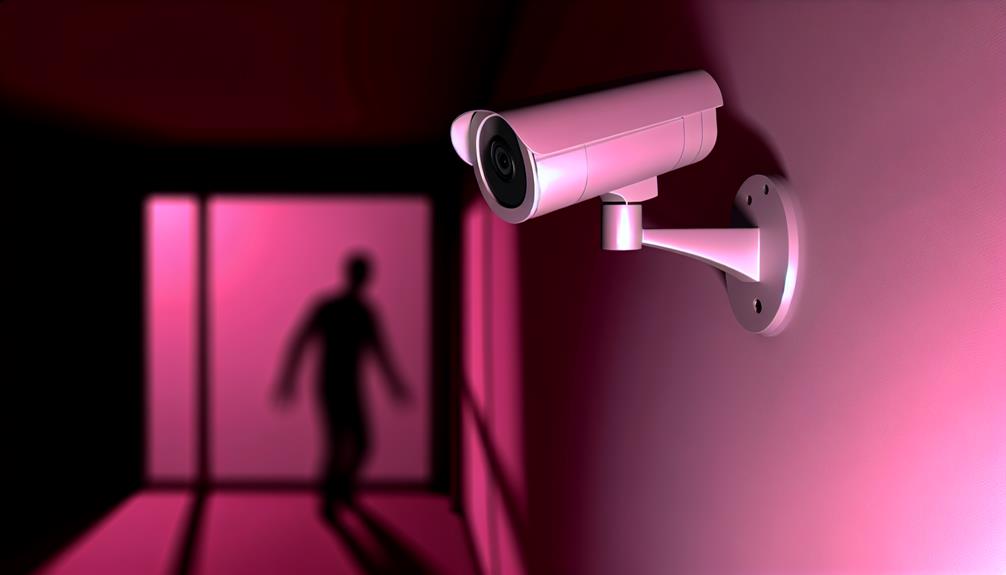
Its sensor accuracy is quite refined, suitable for detailed sports action shots.
Each of these cameras offers unique benefits, so consider your specific needs when choosing the right one for your indoor sports photography.
After considering sensor quality and image stabilization, you’ll also want to evaluate the frame rate capabilities of each camera to ensure it can keep up with the fast pace of indoor sports.
The frame rate comparison among top camera models reveals significant differences that could impact your shooting experience and final footage quality.
High frame rates are crucial for capturing smooth, uninterrupted action. For instance, a model offering 120 frames per second (fps) will provide more fluid motion capture than one with only 60 fps. This higher frame rate allows you to slow down footage in post-production without losing clarity, capturing every detail of the game.
Consider the frame rate impact on your work. While a camera with a lower frame rate might be cheaper, it mightn’t adequately capture fast-moving scenes, resulting in blurry images.
On the other hand, cameras with higher frame rates might be more expensive but are worth the investment for professional-quality results.
When choosing, don’t just look at the maximum frame rate. Check if the camera can sustain these speeds at your desired resolution. Some cameras drop frames or lower resolution settings under high-speed demands, which could affect your project’s quality.
Choose wisely to match your specific needs in indoor sports environments.
Understanding low light performance is crucial when choosing the right motion detection camera for indoor sports.
You’ll often find yourself in environments where lighting isn’t ideal, and knowing how different cameras cope with these conditions can make or break your ability to capture high-quality footage.
Here’s a breakdown of key features to look for in top camera models:
Make sure you also consider the ambient lighting available in your sports venue as this can greatly impact the overall effectiveness of your night vision-enabled camera.
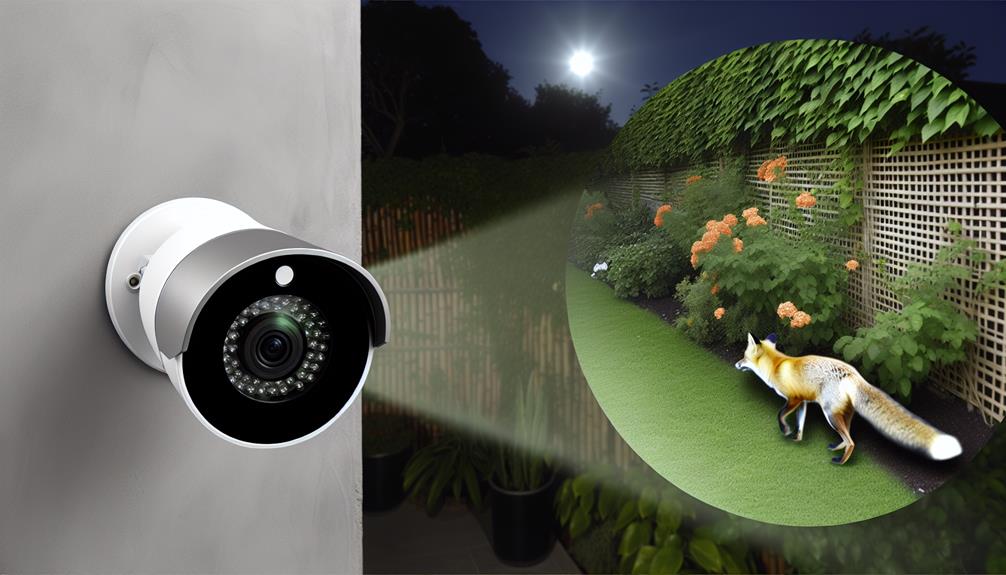
With the integration of motion detection cameras in indoor sports settings, you instantly gain a front-row seat to every high-speed action and nuanced play. These cameras elevate your viewing experience by enabling dynamic angles and close-ups, making you feel part of the game.
Here’s how these technologies are revolutionizing the way you watch indoor sports:
| Feature | Benefit | Impact on Viewer |
|---|---|---|
| Interactive Viewing | Engages fans in real-time | Increases engagement |
| Augmented Reality | Provides immersive experiences | Enhances realism |
| Social Media Integration | Enables content sharing | Fosters community |
By leveraging augmented reality, you’re not just watching a game; you’re experiencing it in a way that feels like you’re there. Digital platforms facilitate interactive viewing and spectator participation, enhancing your connection to the event through polls, live chats, and more.
Moreover, the ease of content sharing on social media not only keeps you connected with other fans but also helps build a community around your favorite sports. Event broadcasting has never been more engaging, with fan engagement reaching new heights, ensuring every match is an event you can’t miss.
These advancements in technology are making sure that your experience is as thrilling as being on the field, all from the comfort of your home.
Beyond enhancing viewer engagement, motion detection cameras play a crucial role in analyzing game footage. As a coach or player, you’re constantly seeking ways to refine your game strategy and enhance player analysis.
These cameras provide you with the detailed data necessary to make pivotal decisions that could change the outcome of future games.
Here’s how you can leverage motion detection technology to boost your team’s performance:
As you explore the potential of motion detection cameras, consider how they can enhance coaching tools by providing detailed, real-time feedback.
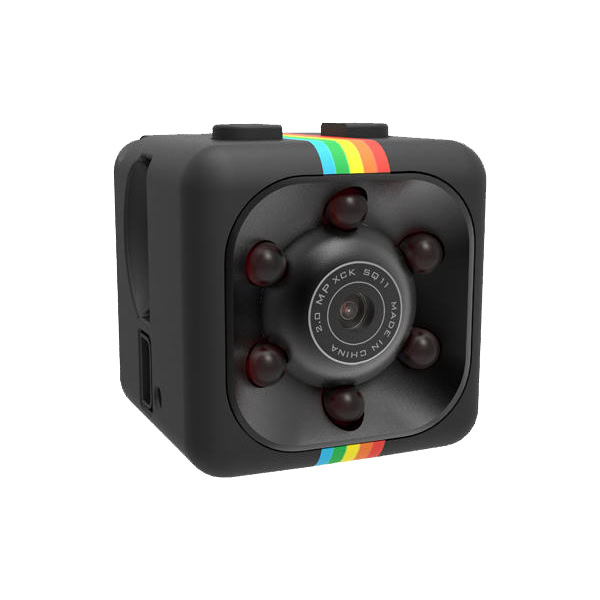
Integrating these cameras with real-time performance analytics allows you to monitor athletes’ movements with precision, facilitating immediate and targeted coaching interventions.
This technological synergy not only boosts training efficiency but also elevates the overall performance of athletes in indoor sports.
Integrating motion detection cameras with other technologies significantly enhances coaching tools, allowing you to analyze player performance in real-time with remarkable precision.
This integration not only sharpens your coaching feedback but also uplifts the overall athlete performance.
Here’s how you can leverage this integration to become a more effective coach:
Nearly every aspect of indoor sports can benefit from the integration of real-time performance analytics with modern technologies. As you delve into player tracking and data visualization, you’ll find that these tools offer a comprehensive view of each athlete’s performance, enhancing both training and in-game decisions.
Imagine being able to see detailed stats related to a player’s movements, speed, and overall efficiency instantaneously. This data is not just numbers; it transforms into graphical representations that make it easy to digest and act upon. You’re not just watching a game; you’re analyzing it on a deeper level.
Here’s a quick look at how these technologies come together:
| Technology | Functionality | Benefit to Indoor Sports |
|---|---|---|
| Motion Detection | Captures player movement | Enhances player tracking |
| Data Visualization | Converts data into visual formats | Simplifies complex data analysis |
| Wearable Sensors | Provides real-time biometrics | Monitors health and performance |
| AI Algorithms | Analyzes data patterns | Predicts player trends |
| Integration Tools | Syncs data across platforms | Streamlines workflow |
You’ll see that the synergy between these technologies not only boosts the performance of athletes but also provides coaches and teams with invaluable insights, making every second of play count toward strategic development and improved outcomes.
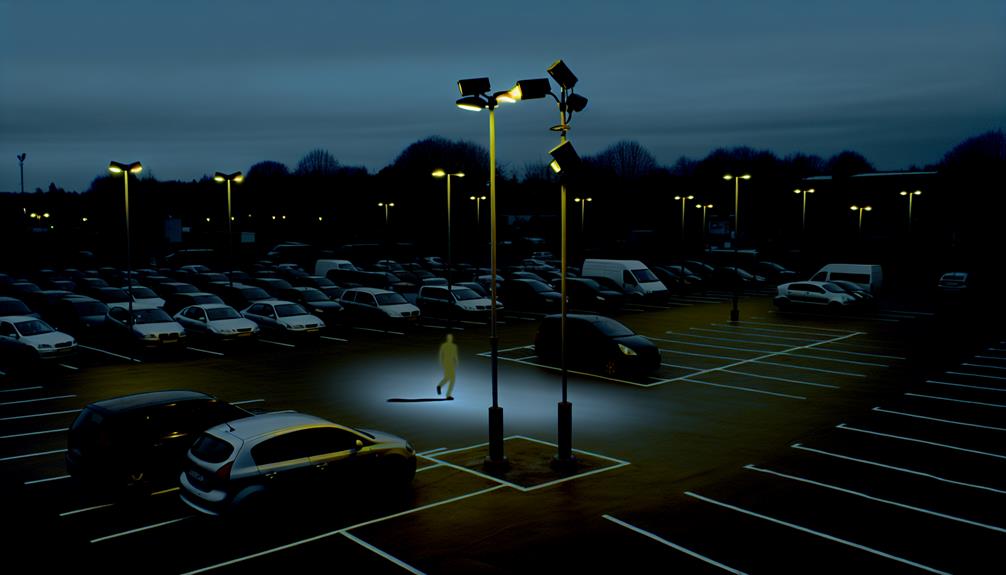
While technological advancements continue to evolve, the future trends in sports cameras are set to dramatically enhance how athletes and coaches analyze performance.
You’ll see emerging technologies seamlessly integrate with user interfaces, making them more intuitive and responsive. This progress will revolutionize the way you engage with sports analytics.
Here are four key trends you can look forward to:
Keep an eye on these developments; they’re about to change your game analysis and coaching methods forever.
With all these advancements in sports camera technology, it’s important to keep your equipment in top condition to ensure longevity and optimal performance.
Regular lens cleaning is crucial; always use a proper microfiber cloth to avoid scratches. Stay current with firmware updates to ensure your camera functions smoothly and integrates well with the latest software.
Ensure your tripod is stable to avoid any mishaps during fast-paced games. Check the integrity of all joints and locks regularly.
Proper storage solutions are vital too. Don’t just toss your camera into a bag; use padded compartments to prevent damage.
Battery management can’t be overlooked. Always fully charge your batteries before events and consider carrying spares. This ensures you won’t miss capturing crucial moments due to power issues.
Additionally, verify software compatibility especially after updates to maintain seamless operation.
Explore weatherproofing options if you occasionally use the cameras outdoors; moisture can be a menace even indoors if conditions are right.
Improve mounting techniques to quickly reposition cameras as needed, and keep your cables organized to prevent tripping or disconnections.
Lastly, familiarize yourself with basic troubleshooting tips. Knowing how to quickly diagnose and fix common issues can save your shoot.
You might wonder if new technology impacts an athlete’s focus or game performance. While some might find it distracting, most professional athletes train to maintain concentration despite various disturbances.
These cameras, often unnoticed, primarily track and analyze movements rather than disrupt the game. Essentially, your ability to stay focused during a game likely won’t be shaken by such tech, which tends to blend into the background of a dynamic sports environment.
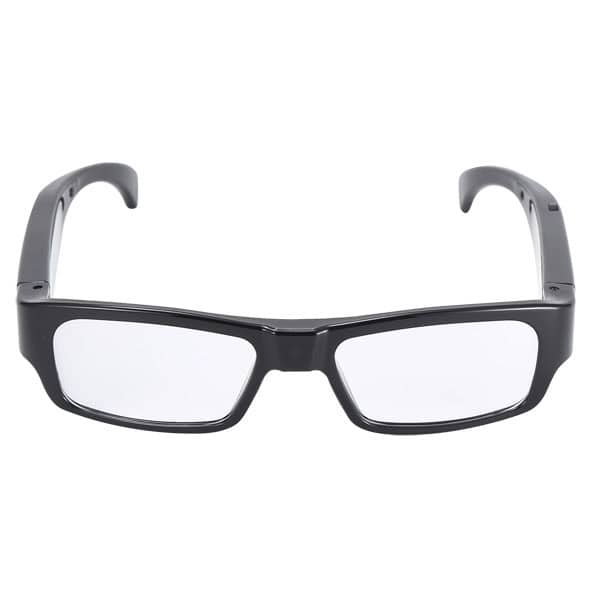
Yes, you can count on these systems to identify individual player movements in real-time.
They excel in player tracking, providing coaches and teams with invaluable data for real-time analysis. This capability enhances game strategy and player development.
The technology analyzes each player’s movements, offering insights that help in improving performance and tactics during the game.
It’s a powerful tool that’s reshaping how sports are played and coached.
When you’re dealing with varying indoor lighting, motion cameras are quite adept.
They’ve got built-in lighting adjustments and enhanced sensor sensitivity to tackle low or fluctuating light. This means they automatically adjust their settings to ensure clear footage despite the changes in light.
You won’t have to worry about manually tweaking settings every time the lighting shifts; the camera handles it all, ensuring that everything captured remains visible and detailed.
Absolutely, there are significant privacy concerns when considering the placement of cameras in locker rooms.
You must prioritize locker room etiquette and explicitly secure athlete consent before installing any surveillance equipment.
It’s crucial to ensure that everyone’s privacy is respected and protected.
Transparent communication about what’s being monitored and why can help alleviate concerns, but some areas, like locker rooms, should remain private to uphold trust and comfort.
You’ll find that these cameras typically function well in multi-sport facilities, offering both camera accuracy and versatility across different sports.
They’re designed to adapt to various lighting conditions and sizes of arenas, ensuring consistent performance.
Whether you’re tracking a basketball game or a gymnastics session, these cameras capture every moment precisely.
You’ve seen how motion detection cameras can transform your coaching and team performance. With features like high frame rates and excellent low-light capabilities, these cameras not only capture every detail but also integrate seamlessly with other tech for deeper analytics. As you move forward, keep up with the latest models and trends to ensure your setup remains top-notch. Remember, regular maintenance is key to maximizing your investment. Embrace this technology, and watch your team’s efficiency and tactics improve dramatically.
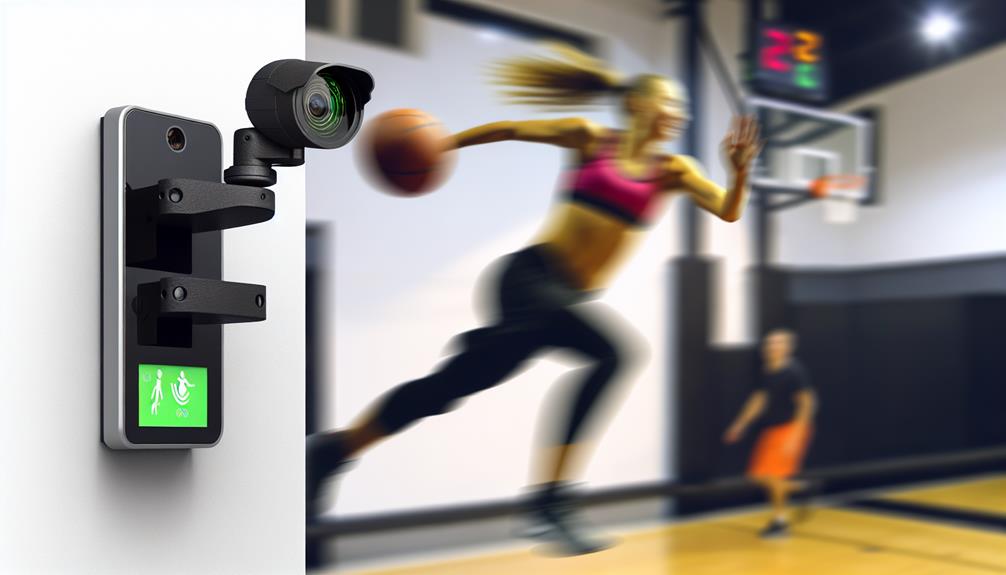
Brainstorm Security Shop
1867 Caravan Trail
Ste 105
Jacksonville, FL 32216
Call us toll free: (800) 859-5566